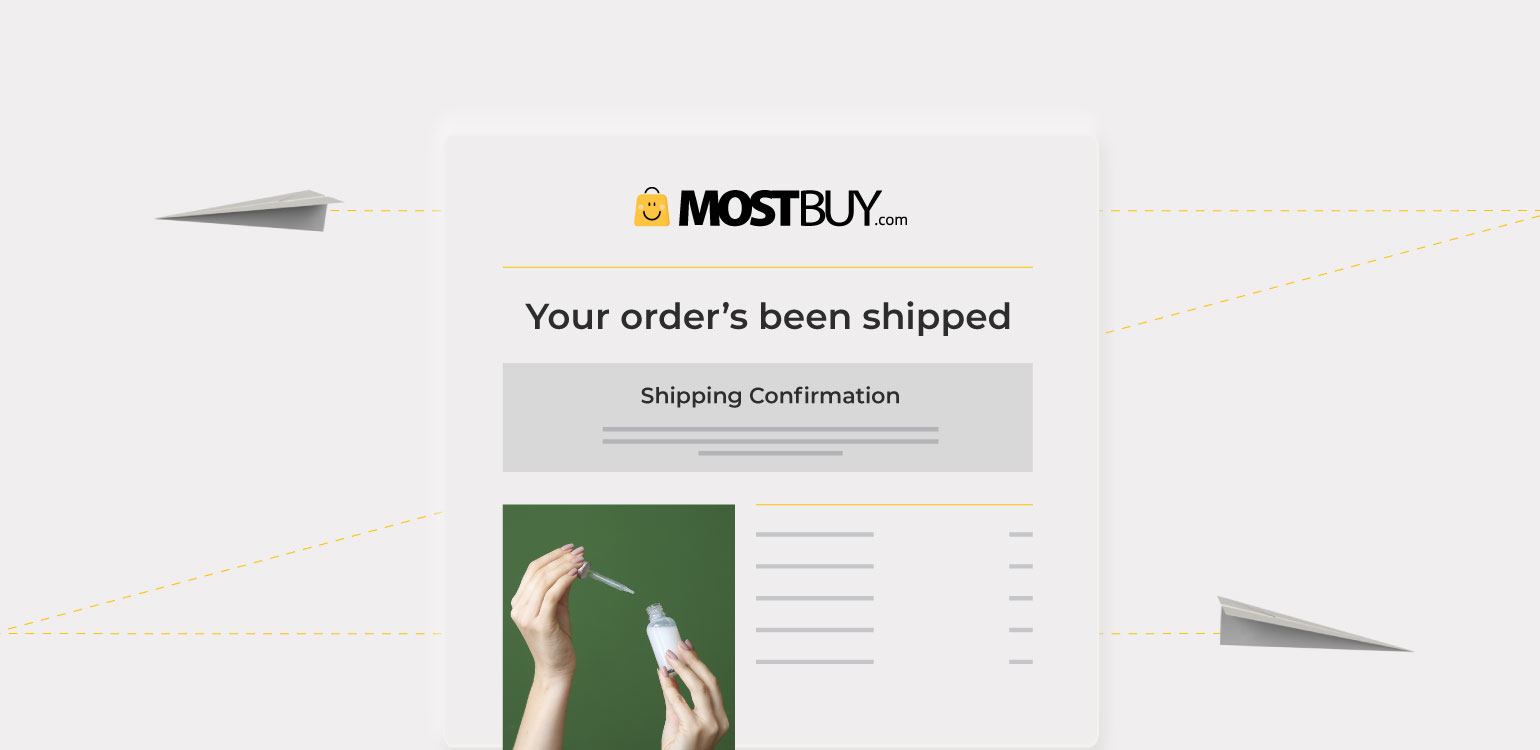An email is a good tool for reaching and communicating with individuals. There are two key types of emails from businesses. Firstly, there are bulk promotional emails and secondly transactional emails.
Marketing emails contain mostly newsletters and other situations in which hundreds or thousands of individuals receive the same message simultaneously. But with transactional emails, emails are usually sent based on certain actions or inactions, to a person or a set of persons.
When it comes to transactional email marketing, there are many best practices you can do to ensure your emails are sent off without a hitch.
Among the list of what can be done is:
- Identify the reason for recipient receiving the Email
- Using a ‘Reply-to’ Address
- Personalize Everything
- Quality over frequency
- Track deliverability and open rates
1. Identify the Reason for Recipient receiving the Email
While transactional e-mail addresses are obvious, the receiver might not understand your e-mail correctly especially if it’s been a while you sent an email to your recipient. This can be doubly valid if the company name on the invoice does not equate the name of the product.
So, ensure that all the relevant information is provided to ensure that your email marketing campaign recipients are not confused by the triggered email. Ensure you include responses to questions proactively: “What is this product about?”, “What is this enterprise about?”, “Why was this e-mail sent to me?”, “When did I subscribe to this account?”.
For example, have you ever signed up for a service and received a notification email three months later saying that your account was disabled due to inactivity? Or that a random program for which a trial account was created changed its privacy policy? If you got such an e-mail, your first question probably is what/who is this?
It’s easy to forget that the recipient may have forgotten your company so when sending transactional emails such as this introduce your service or your product again and add useful links for them to get more information.
2. Using a ‘Reply-to’ Address
Your recipients get the feeling that you would like to hear from them with a ‘Reply-to address.’ Unfortunately, this is one of the little-known best practices in an email that can make a huge difference over the long term.
“Why is that?” you may ask. It’s because with a ‘no-reply’ address, it shows the recipients that you do not want to hear from — decreasing the interaction rates with your recipients and it just happens that low engagement rates can be bad for business.
For instance, the communication of recipients has been one of the key contributors to help mailbox providers like Gmail decide how messages are treated. That is, the receipt of answers to your transactional email has a deliverability value.
Therefore, the use of a “no-reply” address could affect your deliverability rate.
3. Personalize Everything
One of the best aspects of a transactional email is that you can have an array of recipient details so that you can just tailor your email design and email messages to them. This can be as easy as using their name, when necessary; like a receipt with “Thanks, Kelvin!” This kind of touch makes a difference.
Also, if you know the time zone of the recipient you can adjust the notifications’ timestamps so that they appear in the time zone of the user. By utilizing a deeper understanding of your recipients, emails will be more intelligent and useful for recipients.
4. Quality over frequency
Email marketing can be a powerful digital communication tool, however increasing the frequency of your email may not necessarily increase your email marketing effectiveness.
In reality, too many e-mails would probably achieve the opposite result. The recipient can unsubscribe if they feel overloaded with your emails or worse they might mark your email as spam.
Start slowly and measure how your audience reacts to the frequency of your email. Focus on the quality of your customer experience.
5. Track deliverability and open rates with your transactional email provider
Senders of transactional e-mails don’t usually monitor their opens, clicks, bounces, and complaints to know their delivery numbers. There is a general assumption that transactional messages are wanted mail, therefore, many senders think it’s not going to land in the spam folder, but that is not always the case for automated emails.
There are many reasons why even successful transactional e-mails will land in the spam folders, including possible factors like:
- Content: If your messages contain material with spam characteristics, the message will end in the spam folder (or junk folder) because the mailbox provider would be of suspicious it. Also, be sure to pick a strong subject line.
- A Blacklist: A spam trap address could be sent mistakenly by an audience that have you put on a blacklist.
- Low credibility: Another significant aspect is the credibility of your IP address. If your transactional e-mail is of high complaint rate or if you mix your marketing e-mail with your transactional mail stream, the mailbox provider would spam your messages.
Need to chat about your transactional email strategy?
More than 10,000 marketers use Maropost's JetSend to send, track and manage their transactional emails. We’re here to help you growing your business!
Start Free
